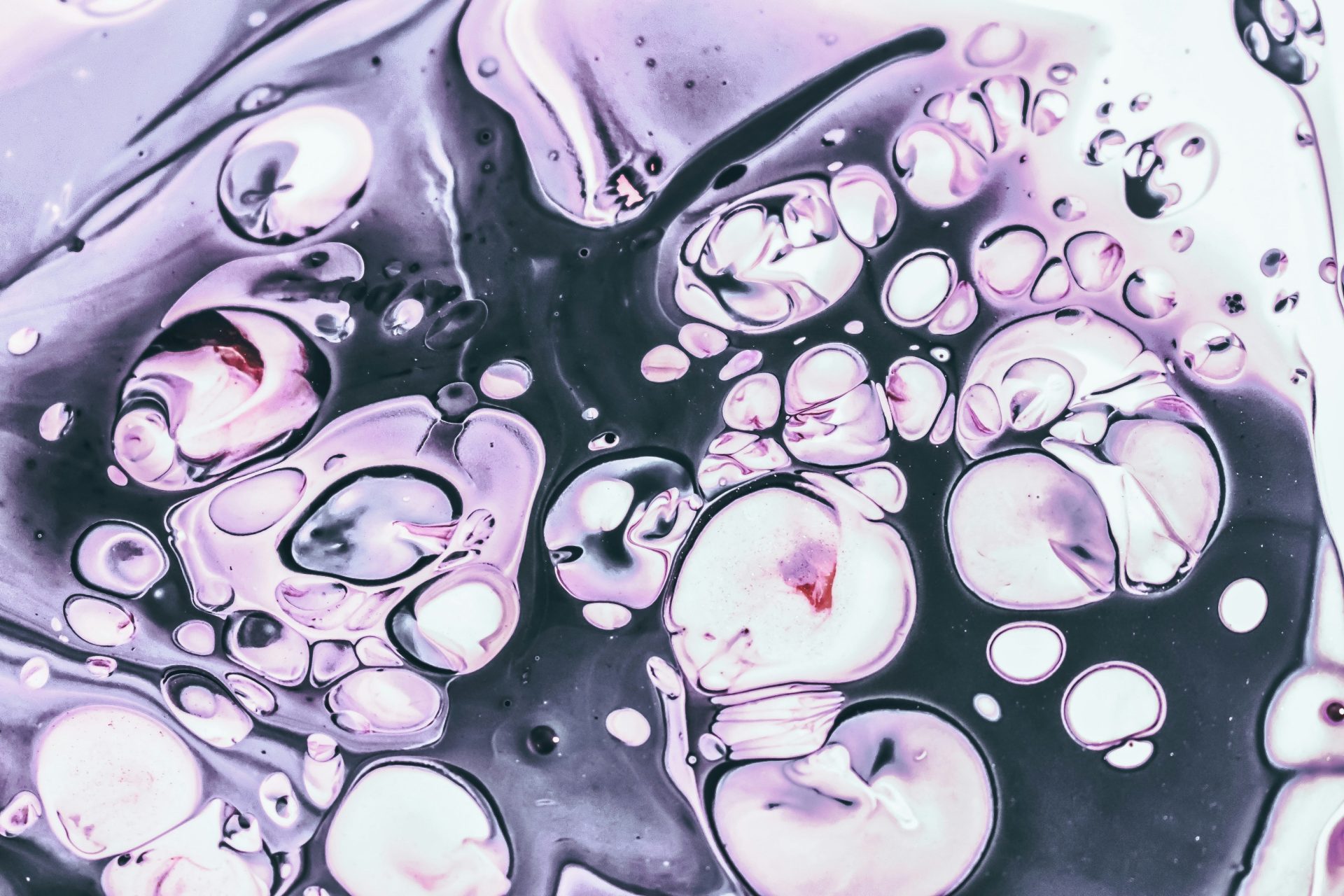How to Fix a Clogged Drain Without a Plumber

Hey there, amazing readers! 🖐️ Just a quick note: yes, we know there are a lot of ads here. Trust us, we get it—it’s not the prettiest look, but they help us keep this blog alive and kicking. Those pesky little ads cover the costs of all the behind-the-scenes magic, from hosting and tech stuff to creating content we hope you’ll love.
We’re committed to delivering quality posts, and your support (even just sticking around despite the ads) means everything to us. So, bear with us, and thanks for helping us keep the good vibes rolling. Now, on to the fun stuff! 😉
TRANSLATE BUTTON AT THE END OF THE ARTICLE
We’ve all been there: You’re washing your dishes or taking a shower, and suddenly you realize that the water isn’t draining as fast as it should, or worse, it’s not draining at all!
A clogged drain is a common household issue, but the good news is, you don’t always need to call a plumber to fix it.
In fact, with a little patience and some handy DIY techniques, we can take care of that pesky clog all on our own!
So, if you’ve got a drain that’s not cooperating, grab a pair of gloves, a few household items, and let’s dive into how to fix a clogged drain—no plumber needed.
What Causes a Drain to Clog?
Before we jump into fixing the problem, let’s talk about what typically causes a clog.
This helps us not only fix it but also prevent it from happening again in the future.
Drains get clogged for various reasons depending on the type of drain.
Here are some common culprits:
Kitchen sinks: Grease, food particles, coffee grounds, and soap scum tend to build up over time, creating a thick sludge that blocks water flow.
Bathroom sinks and showers: Hair, soap residue, and dirt are the usual suspects here.
Hair is notorious for clumping together and creating a trap for other debris.
Toilets: Clogs usually occur when too much toilet paper is used or when non-flushable items (like wipes, cotton balls, or feminine hygiene products) are flushed down.
Now that we know what we’re dealing with, let’s get to the fun part—fixing the clog!
Step 1: The Boiling Water Trick
If you’re dealing with a minor clog, you might be able to clear it using something as simple as boiling water.
This method works particularly well for grease and soap build-up in kitchen sinks.
Here’s how you do it:
Boil a pot of water on the stove. (Tip: Be careful with boiling water, especially if your sink or pipes are made of PVC, as extreme heat could damage them.
For metal pipes, it’s usually safe.)
Pour the boiling water slowly and directly down the drain in two or three stages, allowing each pour to work its magic for a few seconds.
Sometimes, the heat from the boiling water will melt grease or soap scum, flushing the clog away and allowing water to flow freely again.
If the clog persists, don’t worry—we have plenty of other tricks up our sleeve!
Step 2: Grab a Plunger
We all know that plungers work wonders for clogged toilets, but did you know they’re also effective on clogged sinks and tubs?
A cup plunger (the one with the flat bottom) is perfect for this task.
Here’s how to use a plunger to clear a clogged drain:
First, fill the sink or tub with enough water to cover the bottom of the plunger.
This helps create suction.
Position the plunger directly over the drain and press down firmly to create a seal.
Push and pull the plunger in quick, powerful motions, maintaining the seal over the drain.
After several plunges, pull the plunger up to see if the water is draining.
If the water starts flowing again, hooray—you’ve cleared the clog!
If not, don’t give up yet.
We’ve still got more tricks to try.
Step 3: Baking Soda and Vinegar Combo
This classic science fair experiment is more than just fun to watch—it’s actually a powerful solution for clearing clogged drains. Baking soda and vinegar create a fizzy chemical reaction that can break down gunk in your pipes.
Plus, it’s an eco-friendly option compared to harsh chemical drain cleaners!
Here’s the step-by-step:
Remove any standing water from the sink or tub.
Pour about 1 cup of baking soda directly into the drain.
You may need to use a funnel or a spatula to push it down.
Follow up by pouring 1 cup of vinegar into the drain.
The mixture will start fizzing—this is a good sign!
Let the fizz do its work for about 15-20 minutes.
This gives the mixture time to break down the clog.
Finally, flush the drain with boiling water to wash away any remaining debris.
This method is not only effective, but it also leaves your drain smelling fresh.
If the clog persists, though, it might be time for something a bit more hands-on.
Step 4: Use a Drain Snake or Wire Hanger
If the clog is deeper in the pipes and more stubborn, you might need to physically remove it.
A drain snake (also called a plumber’s snake) is a handy tool designed for this purpose.
If you don’t have one, no worries—you can improvise with a simple wire hanger.
Here’s how:
Using a Drain Snake:
Insert the snake into the drain until you feel resistance.
This is likely the clog.
Turn the handle to hook the clog and break it apart, or pull it back out of the drain.
Once the snake has done its job, flush the drain with hot water.
Using a Wire Hanger:
Take a wire hanger and straighten it out, leaving a small hook on the end.
Insert the hooked end into the drain and fish around for the clog.
Gently pull out any hair, gunk, or debris that’s causing the blockage.
Once the drain is clear, flush it with hot water.
Using a snake or hanger is super satisfying because you get to physically remove the blockage. (And you’ll be amazed—or slightly horrified—at what’s been lurking down there!)
Step 5: Enzyme-Based Drain Cleaners (If All Else Fails)
If none of the above methods seem to work, you might want to try an enzyme-based drain cleaner.
Unlike chemical cleaners, enzyme-based products use natural bacteria to eat away at the organic material causing the clog (like food particles, grease, and hair).
These cleaners are safer for your pipes and the environment, making them a great choice if you’re hesitant to use harsh chemicals.
Follow the instructions on the product, and give it time to work—it’s usually not an instant fix, but over the course of a few hours, it can break down the clog.
Step 6: Prevent Future Clogs
You’ve successfully cleared your drain—yay!
But now that the water is flowing freely again, let’s talk about how we can prevent future clogs from happening in the first place.
Here are some easy tips:
Use drain screens: These little mesh screens catch hair, food particles, and other debris before they go down the drain.
Avoid pouring grease down the drain: Instead, let it cool and dispose of it in the trash.
Run hot water after each use: This helps flush out any potential build-up before it hardens and clogs your pipes.
Regular baking soda and vinegar flush: Even if your drain isn’t clogged, giving it a monthly flush with baking soda and vinegar can help prevent build-up.
Conclusion
Fixing a clogged drain doesn’t have to be a major headache—or an expensive trip to the plumber.
With a few household items and a little DIY spirit, we can tackle even the toughest clogs ourselves.
From boiling water to baking soda and vinegar, plungers, and drain snakes, there’s a method out there that will get your water flowing again in no time.
So, the next time your drain is misbehaving, take a deep breath, put on your DIY gloves, and give one of these techniques a try.
You’ll not only save money but also feel a little more accomplished.
And trust me, once you’ve cleared that clog all by yourself, you’ll never look at a slow drain the same way again!

The Enlightenment Journey is a remarkable collection of writings authored by a distinguished group of experts in the fields of spirituality, new age, and esoteric knowledge.
This anthology features a diverse assembly of well-experienced authors who bring their profound insights and credible perspectives to the forefront.
Each contributor possesses a wealth of knowledge and wisdom, making them authorities in their respective domains.
Together, they offer readers a transformative journey into the realms of spiritual growth, self-discovery, and esoteric enlightenment.
The Enlightenment Journey is a testament to the collective expertise of these luminaries, providing readers with a rich tapestry of ideas and information to illuminate their spiritual path.
Our Diverse Expertise 🌟
While our primary focus is on spirituality and esotericism, we are equally passionate about exploring a wide range of other topics and niches 🌍📚. Our experienced team is dedicated to delivering high-quality, informative content across various subjects ✨.
To ensure we provide the most accurate and valuable insights, we collaborate with trusted experts in their respective domains 🧑🏫👩🏫. This allows us to offer well-rounded perspectives and knowledge to our readers.
Our blog originally focused on spirituality and metaphysics, but we’ve since expanded to cover a wide range of niches. Don’t worry—we continue to publish a lot of articles on spirituality! Frequently visit our blog to explore our diverse content and stay tuned for more insightful reads.





